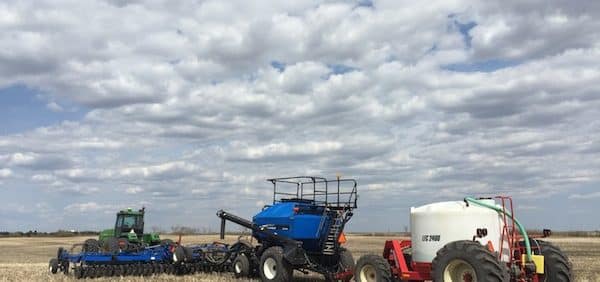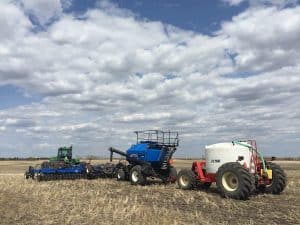While warmer soil will speed up germination and will help with seed survival, canola seeded early May generally out-yields canola seed late May. If fields are dry enough to support the seeding tool and tractor, seeding can begin no matter the soil temperature today. If seedbed conditions are good and the forecast is dry, farmers may want to take advantage of a good situation for crop establishment.
What to seed first? Most crops, not just canola, tend to yield more when seeded earlier (but not too early). Farmers will often seed peas and cereals first because they tend to be more frost tolerant, but with seeding just getting underway (or not yet started) in many areas, farmers may want to consider the profit potential for each crop and how fall frost risk can influence the quality and yield for each crop when choosing seeding sequence.
Consider the weeds factor in the seeding decision. Early weed removal before seeding has a significant impact on crop yield. Large weeds present as the crop is emerging cause more reduction in yield and are harder to control than weeds emerging with the crop or after the crop. Read the Canola Watch articles on pre-seed burnoff.
Risk being the first to seed canola. In areas with cabbage seedpod weevil, adults often congregate on the first flowering fields in an area. These fields will be at higher risk for egg laying and yield loss to the weevil.
Risk being the last to seed canola. The big two risks are that the crop is more likely to flower during the hottest weeks of the summer (heat = pod abortion) and that the crop is still maturing when the first heavy frost occurs (frost = immature seeds and high green).
Further reading:
How to increase canola seed survival rates?
Farm Safety: Extracting stuck equipment safely
Keep your seed drill at peak performance (from Dutch Openers)


